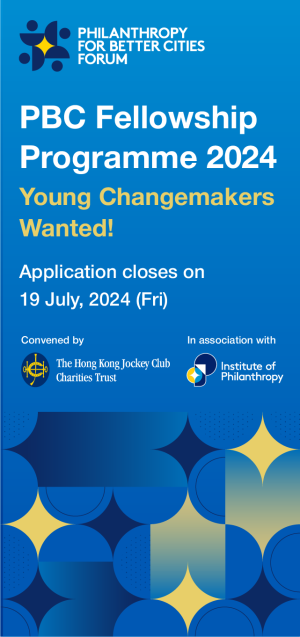There are increasing calls for foundations to align their multi-billion dollars of investments in the global capital markets with their mission for public good. Is this a realistic ambition? What are the barriers to achieving it?
In this session, we heard from leading investment practitioners who are charting new territory on this critical topic for the health of philanthropy, people and our planet.
Moderated by News Editor Shafi Musaddique, the speakers were:
- Roy Swan: Director of Mission Investments at Ford Foundation and member of Church of England’s Investment Oversight Group
- Clara Miller: Former President of Heron Foundation and pioneer of mission aligned investing
- Tamara Larsen: US Values-Aligned & Sustainable Investments Practice Leader
A few highlights from the event
Tamara: The opportunity set for mission-aligned investing continues to evolve and deepen, for both market rate and concessionary investment opportunities. But on the market rate side we’ve really seen a meaningful expansion in the opportunity set across asset classes.
I’m not just talking about venture capital and real assets – we’ve seen the very deep opportunity set for climate lens investing there – but really seeing a deep opportunity set in private credit, private equity, public equities, fixed income. A really broad set of opportunities that you can access on a multi asset class basis. In addition to that we’re seeing a maturation of different segments and sectors of the market, and a broad opportunity set across different themes and different asset classes; financial inclusion, health equity, climate and decarbonisation, affordable housing and beyond.
Clara: The business model of foundations is weird because there’s one side that’s the investment side, and the other side is the grant-making side. As if there are only these two economies – one is dedicated to chaos and evil and making problems, and the other is dedicated to being the cleanup crew. And of course that’s not the case.
There is a growing infrastructure for the field, starting to get that right. But in a foundation, staffs include both the investment side and the grant-making side. I think there are better questions to ask than ‘where do our grant budgets come from?’. One question I would say that both the investors and the grant-makers need to ask themselves is ‘what does money have to do with our mission?’. If our mission is education, you don’t just put a dollar bill on a child’s forehead and the child miraculously learns to read. There’s something between the dollar and that child, and that almost invariably involves an enterprise of some type. Learning about how to invest in enterprises for positive outcomes, is key to understanding how enterprise finance works.
Roy: I believe that well executed impact investing is more difficult than traditional investing, because it requires not just the basic investment analysis but also requires disaggregating the details to try and determine what are the externalities, and how can we drive them. That challenge is a part of what is holding back foundations from doing more. There’s no reason that every foundation in the country should not be doing impact investing with all their capital.
There’s no reason that I can see, other than those which I’ve spoken about in various forms. I think the main one is fear. And it’s a fear based largely on a lack of knowledge, and a cognitive bias that automatically assumes that you can’t do well and do good. People love to say that but I don’t think as many people who say it really believe it. Fear can be a foundation of inertia. It can keep people in a default mode of standing still – why take the risk of doing something you haven’t done before, when you can just keep doing the same thing everyone’s doing? So there’s a herd mentality component. The lack of knowledge and awareness is really important because if you haven’t taken the time to study how types of businesses can produce positive externalities, then it can be scary.
You can watch the full video here:
Emily Reid is Marketing Executive at Alliance magazine









Comments (0)